Motorcycle brake cables are crucial components that allow riders to control their braking systems effectively. These cables serve as the connection between the rider's hand lever or foot pedal and the brake mechanism, ensuring safe and reliable braking performance. Let's dive into the primary parts that make up these cables.
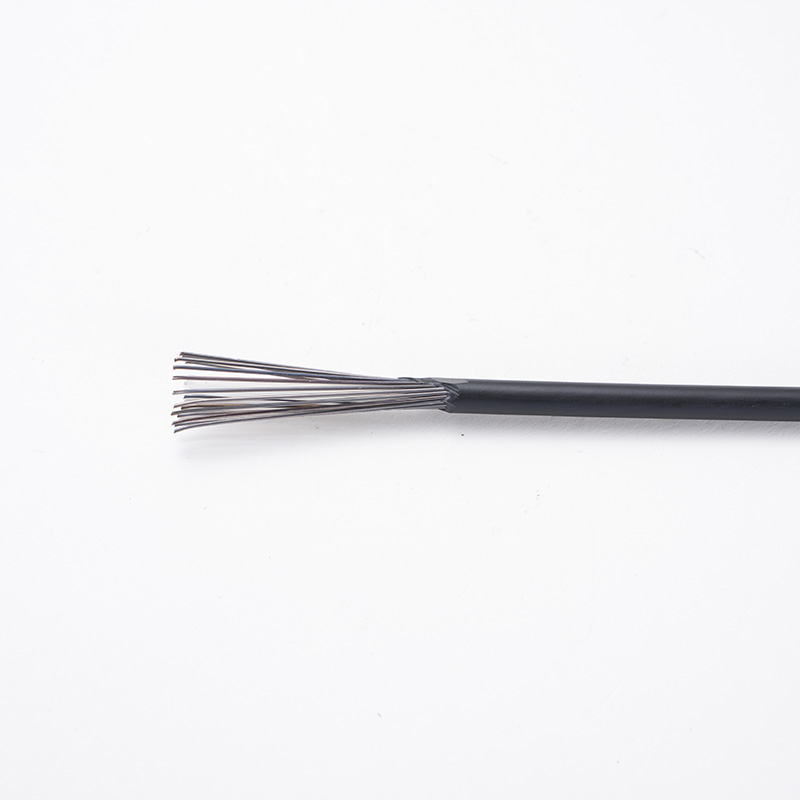
Inner Cable: The inner cable is the main component responsible for transferring force from the brake lever or pedal to the brake mechanism. It is typically made from steel for strength and durability, often coated with a layer of lubricating material to reduce friction. This coating helps maintain smooth operation over time.
Outer Housing: The outer housing acts as a protective shell for the inner cable, keeping it secure and guiding it along the correct path to prevent it from tangling or kinking. It is usually made from flexible materials like plastic or braided steel to provide both protection and flexibility.
End Fittings: Both ends of the brake cable feature specific end fittings that connect to the brake lever or pedal and the brake mechanism. These fittings are designed to ensure a secure connection while allowing for smooth movement. Common fittings include barrel ends, ball ends, and threaded connectors, depending on the bike’s design.
Casing: The casing is an additional protective layer surrounding the outer housing. It can be made from rubber or other flexible materials to guard the cable from weather elements and environmental wear.
Spring or Tension Adjusters: Some brake cables come equipped with tension adjusters, which allow users to modify the amount of force required to activate the brake. These adjusters help maintain consistent braking performance, even as the cable stretches over time.
These components work together to provide smooth, reliable, and responsive braking for motorcyclists. Regular maintenance and replacement of worn-out components ensure the longevity and safety of the braking system.
How Long Do Motorcycle Brake Cables Last?
The lifespan of motorcycle brake cables is influenced by several factors, including the type of bike, the riding conditions, and how well the cables are maintained. Typically, with proper care, brake cables can last anywhere from 2 to 5 years. However, under harsher conditions or if not regularly maintained, they may need replacing sooner.
Material Quality: The quality of the materials used in the brake cables directly affects their longevity. Higher-quality steel cables with proper coatings are more resistant to wear, corrosion, and stretching. If the outer casing is made from durable materials such as braided steel, it can further extend the cable's life.
Environmental Factors: Exposure to harsh weather conditions, such as rain, salt, and heat, can significantly shorten the lifespan of brake cables. Moisture and salt can corrosion, which weakens the cable over time. Regularly cleaning and lubricating the cable can help prevent such issues.
Riding Style: Riders who frequently use their brakes or ride in conditions that require more frequent braking, such as off-road or aggressive city riding, may notice that their brake cables wear out faster. On the other hand, riders who use their brakes sparingly or in less demanding conditions might find that their cables last longer.
Maintenance: Regular maintenance plays a vital role in extending the lifespan of brake cables. Lubricating the inner cable, checking for fraying or kinks, and ensuring that the outer housing is intact can prevent premature wear and ensure that the cables last as long as possible. Inspecting the cables before each ride is a simple habit that can prevent issues down the road.
Signs of Wear: Motorcycle brake cables don’t last forever, and it's important to watch for signs of wear. If the brake feels less responsive or if the cable shows visible signs of fraying, it may be time for a replacement. Regular inspections can help prevent potential brake failures by catching problems early.
What Improvements Have Been Made to Motorcycle Brake Cables?
Over the years, motorcycle brake cables have undergone significant improvements in terms of materials, design, and performance. These advancements have enhanced the safety, reliability, and overall experience of braking for motorcyclists.
Better Materials: One of the biggest improvements has been the use of advanced materials in the construction of brake cables. Traditional steel cables have been upgraded to stainless steel, which is more resistant to corrosion and wear. The inner cable coatings have also evolved, with manufacturers now using high-quality lubricants and coatings that reduce friction, resulting in smoother and longer-lasting operation.
Improved Outer Housing: The outer housing, which protects the inner cable, has seen improvements in both flexibility and durability. Modern outer casings often use braided steel or high-strength polymer materials that offer better resistance to abrasions and environmental damage. Some casings are also lined with materials that reduce friction, making the brake system more responsive and ensuring the cables remain in good condition longer.
Enhanced Durability: Brake cables are now designed to handle more demanding riding conditions. Whether it’s off-road riding or racing, the modern cables are stronger and more resilient. Improvements in the design and materials mean that they are more resistant to stretching, breaking, and fraying, which helps motorcyclists maintain better control in various conditions.
Precision Engineering: The development of precision-engineered end fittings has allowed for more secure and reliable connections between the brake lever, pedal, and mechanism. These fittings now allow for finer adjustments, ensuring that the cable maintains the correct tension and responsiveness, providing a safer and more precise braking experience.
Sealed Systems: In response to the challenge of maintaining performance in harsh environments, some motorcycle brake cables now feature sealed systems. These systems prevent dirt, dust, and moisture from entering the cable housing, reducing the chances of wear and extending the lifespan of the cables.
 boo@zjmgmm.com / 958587858@qq.com
boo@zjmgmm.com / 958587858@qq.com English
English русский
русский Español
Español عربى
عربى
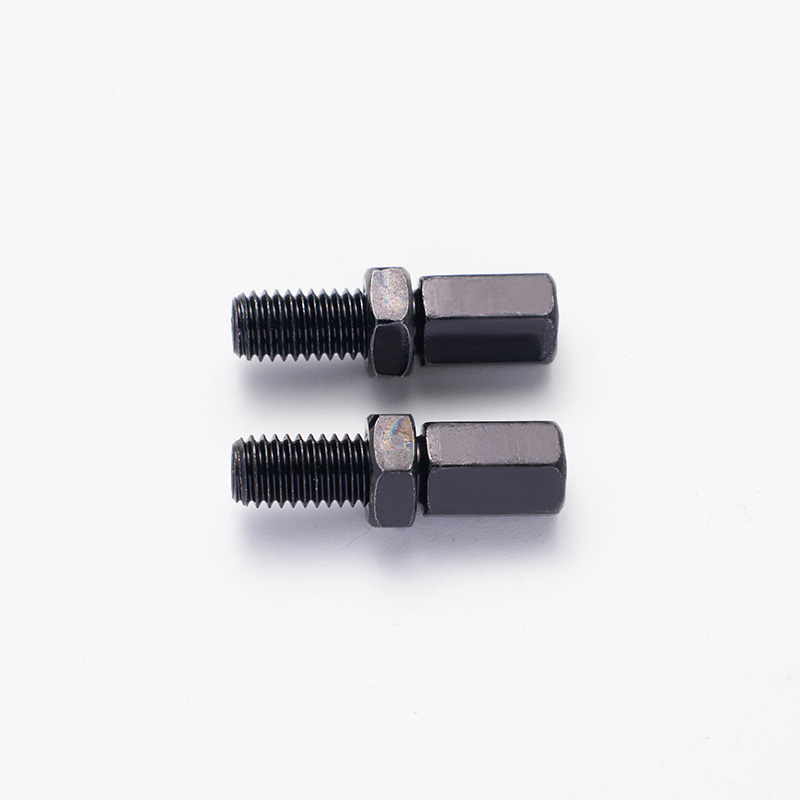
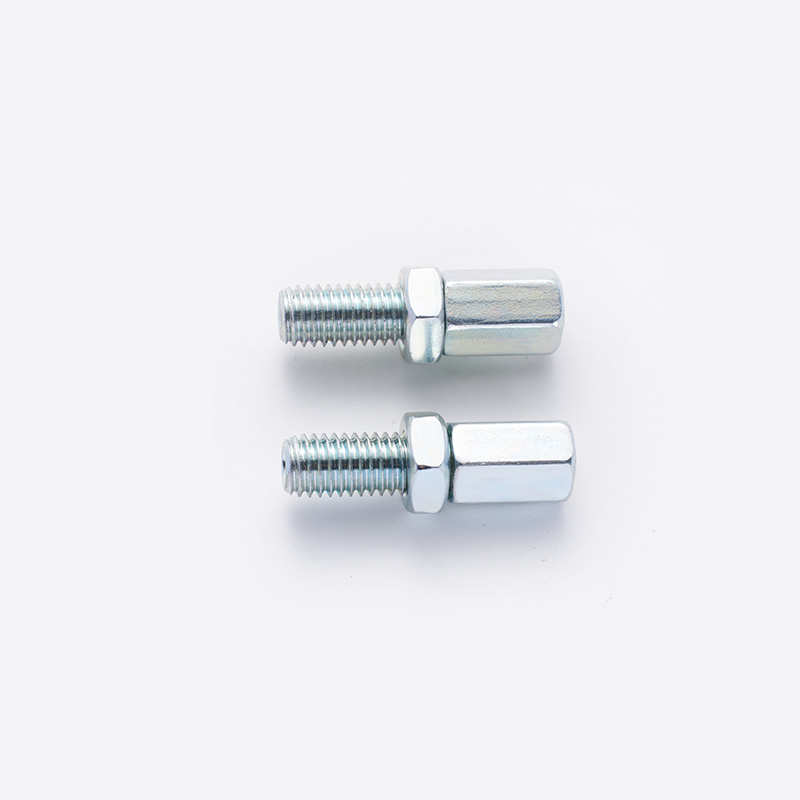

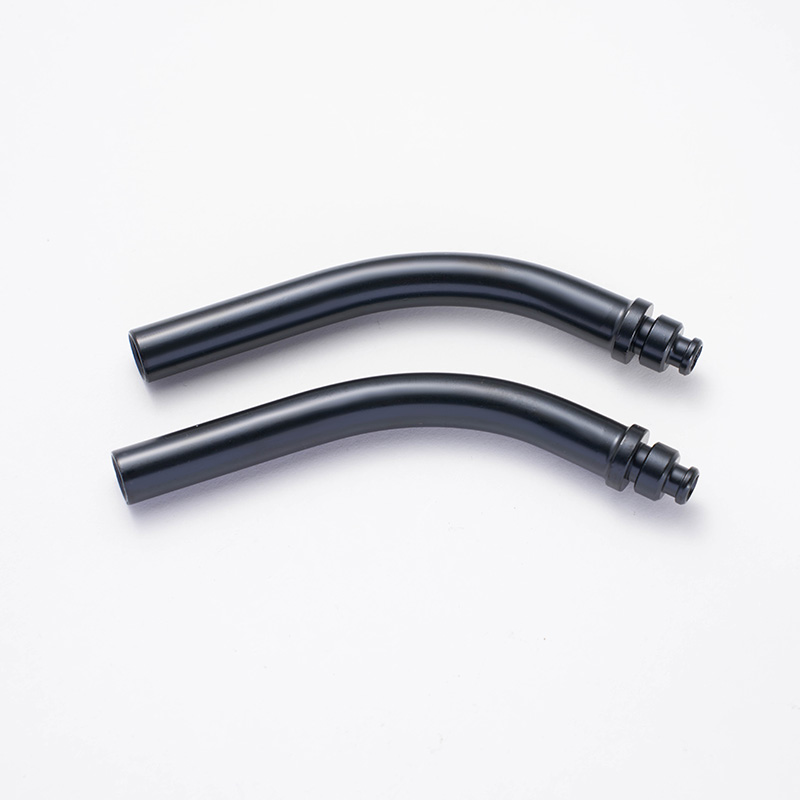

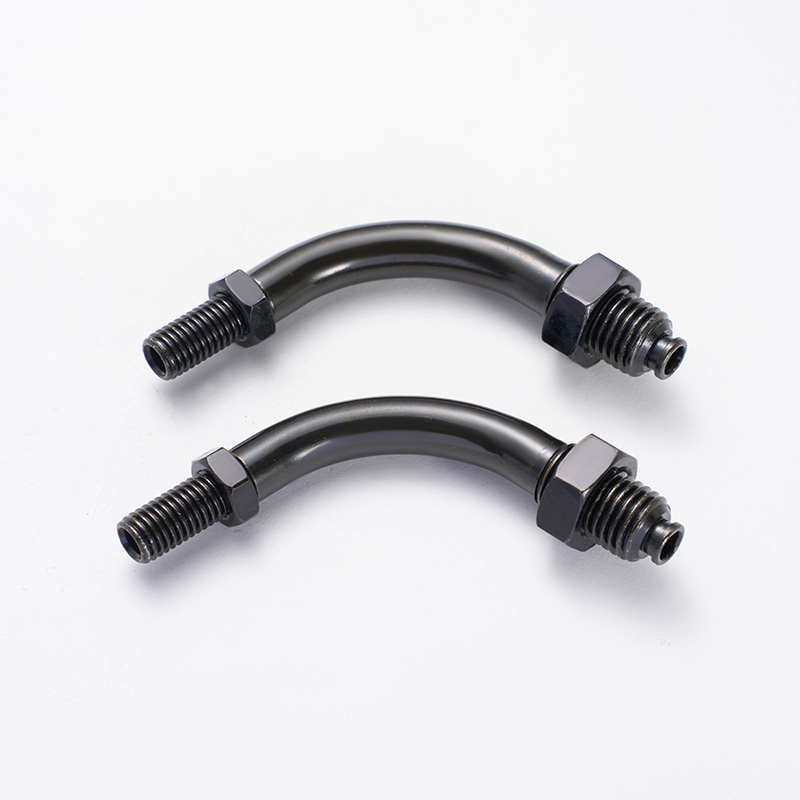

 English
English  Building 33, Demonstration Park, No. 318 Chenguang Road, Eastern New District, Wenling City, Taizhou City, Zhejiang Province, China
Building 33, Demonstration Park, No. 318 Chenguang Road, Eastern New District, Wenling City, Taizhou City, Zhejiang Province, China  0086-576-86337978
0086-576-86337978  0086-576-86333878
0086-576-86333878
 boo@zjmgmm.com
boo@zjmgmm.com 